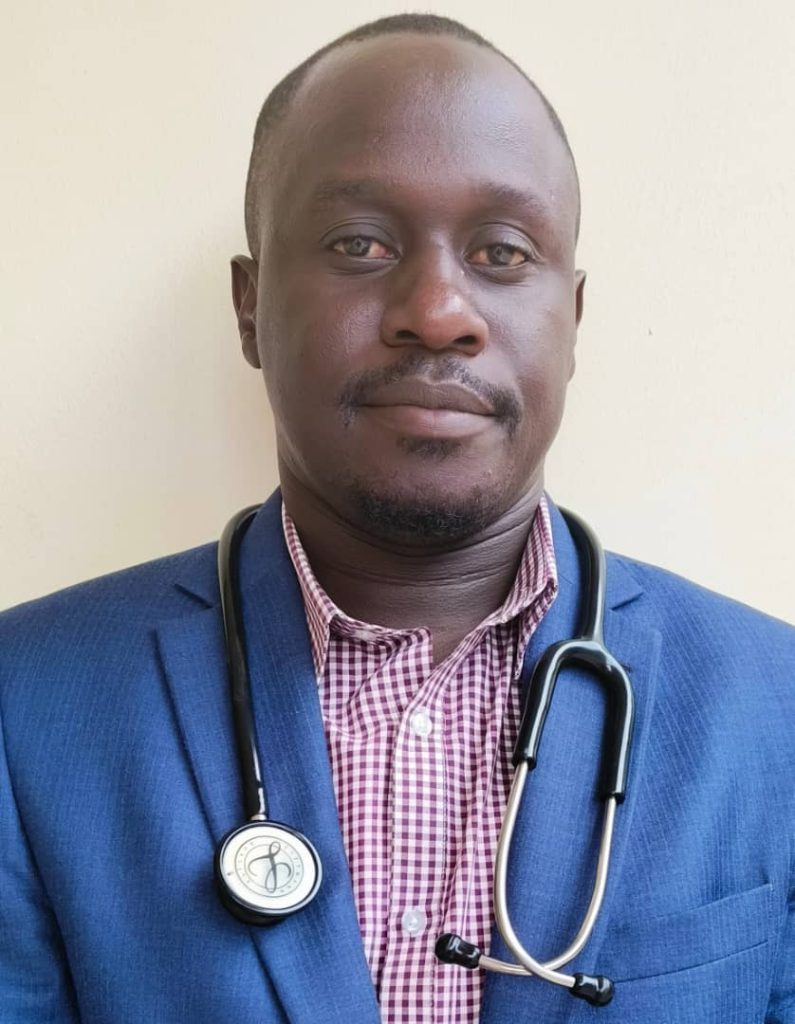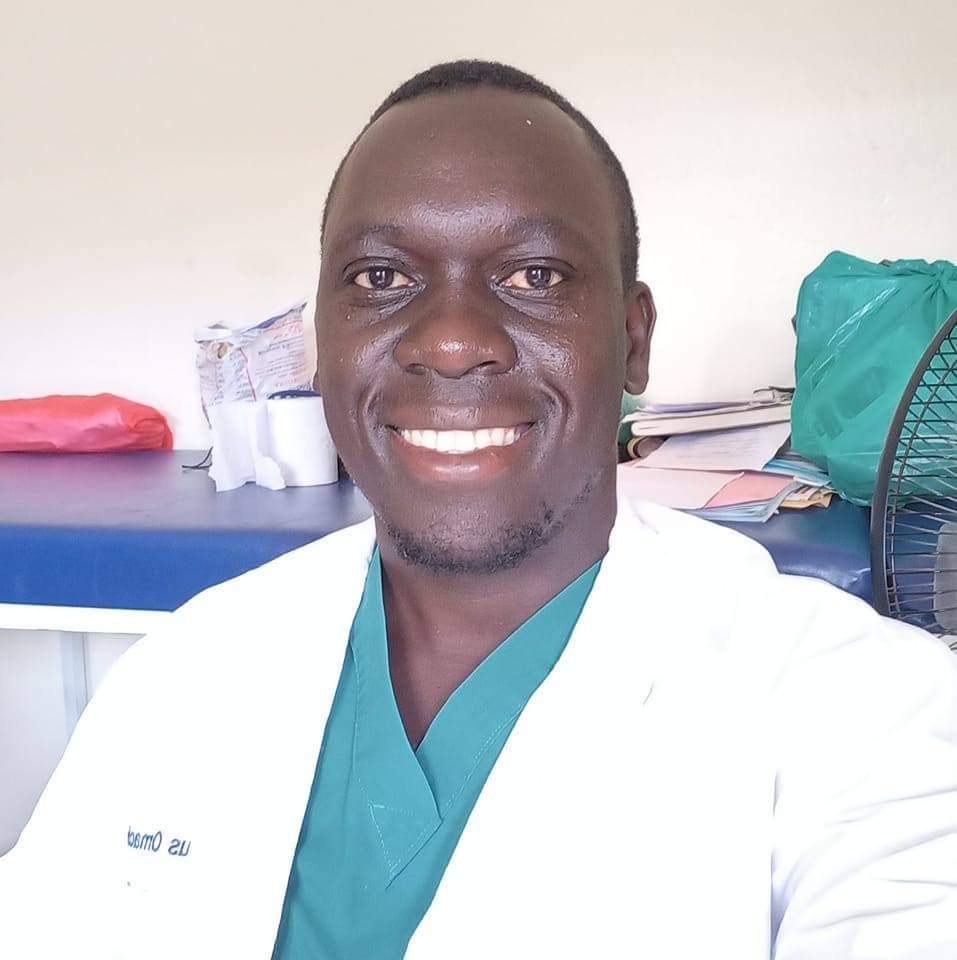Cervical cancer: 8.4% afflicted at LRRH in 6 months

By Michael Ojok (editor@vol.co.ug)
Lira
Cancers of the cervix, prostrate, breast and Kaposi Sarcoma (KS) are the most common carcinoma cases reportedly common today.
Medical personnels have recommended intergration of cancer screening services.
Lango sub region ranks second after Acholi sub region among areas with highest cases of cervical cancer in Uganda, according to the 2022 Uganda Demographic Health Survey.
Dr. Andrew Odur a Gynecologist at Lira Regional Referral Hospital said all health facilities in Lango have specialists trained on cancer screening, encouraging more women to take up.

Dr. Odur said in the last six months, they have screened 1,390 women for cervical cancer.
Out of these, 74 women tested positive for cervical cancer, 44 were found in advanced stage of cervical cancer and were referred to Mulago Cancer Institute for further management.
Dr. Pius Omach from First Medical Center said cervical cancer is the most common cancer burden among women.

Dr. Omach warned girls against having multiple sexual partners and men to remain faithful to one wife as a measure to fight cervical cancer.
He noted the main cause of cervical cancer is persistent infection with high-risk types of human papillomavirus (HPV), an extremely common family of viruses that are transmitted through sexual contact.
Recent research by scientists from the International Agency for Research on Cancer (IARC) and partner institutions suggests that the target to eliminate this disease by the end of this century will be missed unless countries scale up screening programmes, improve coverage of HPV vaccination, and expand access to affordable treatment.
It maintains that each country should meet the 90–70–90 targets by 2030 to get on the path towards eliminating cervical cancer with;
Vaccination: 90% of girls fully vaccinated with the HPV vaccine by the age of 15 years;
Screening: 70% of women screened using a high-performance test by the age of 35 years, and again by the age of 45 years;
Treatment: 90% of women with precancer treated and 90% of women with invasive cancer managed.





